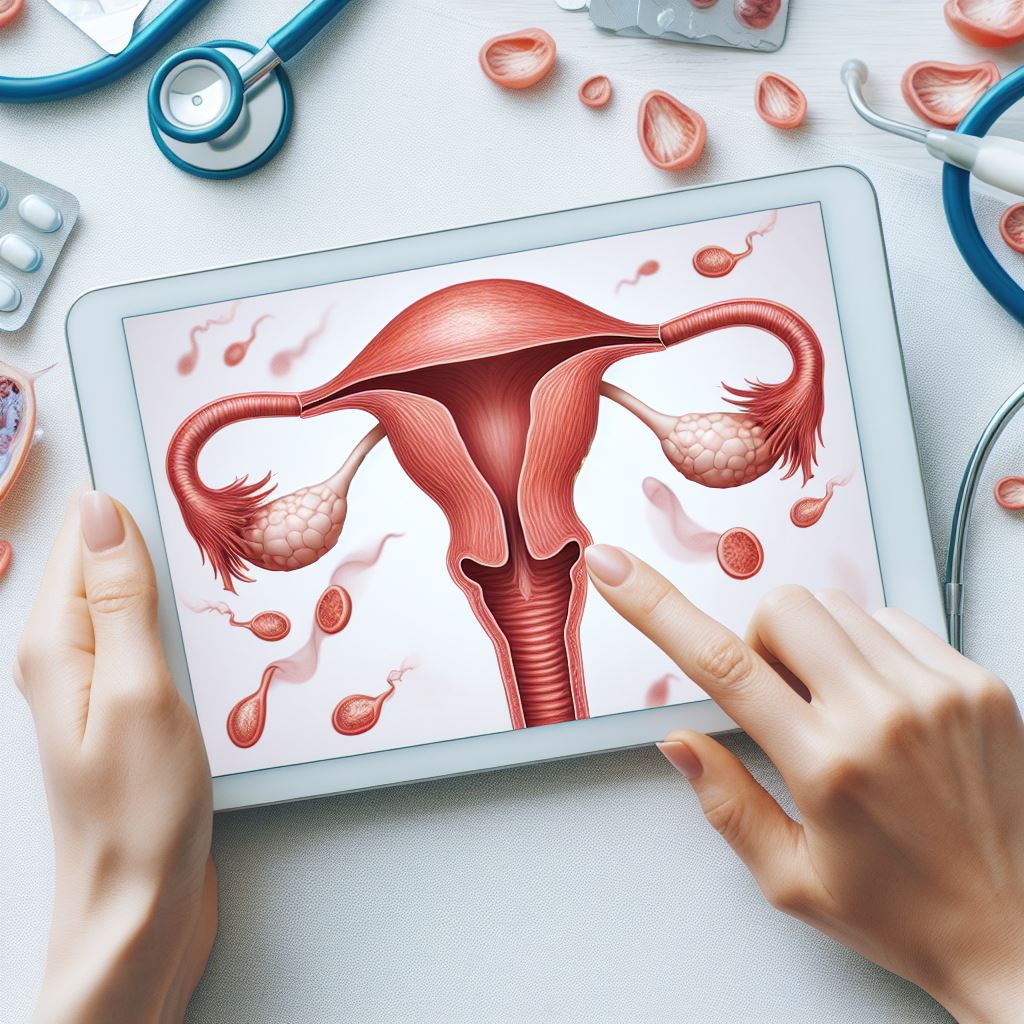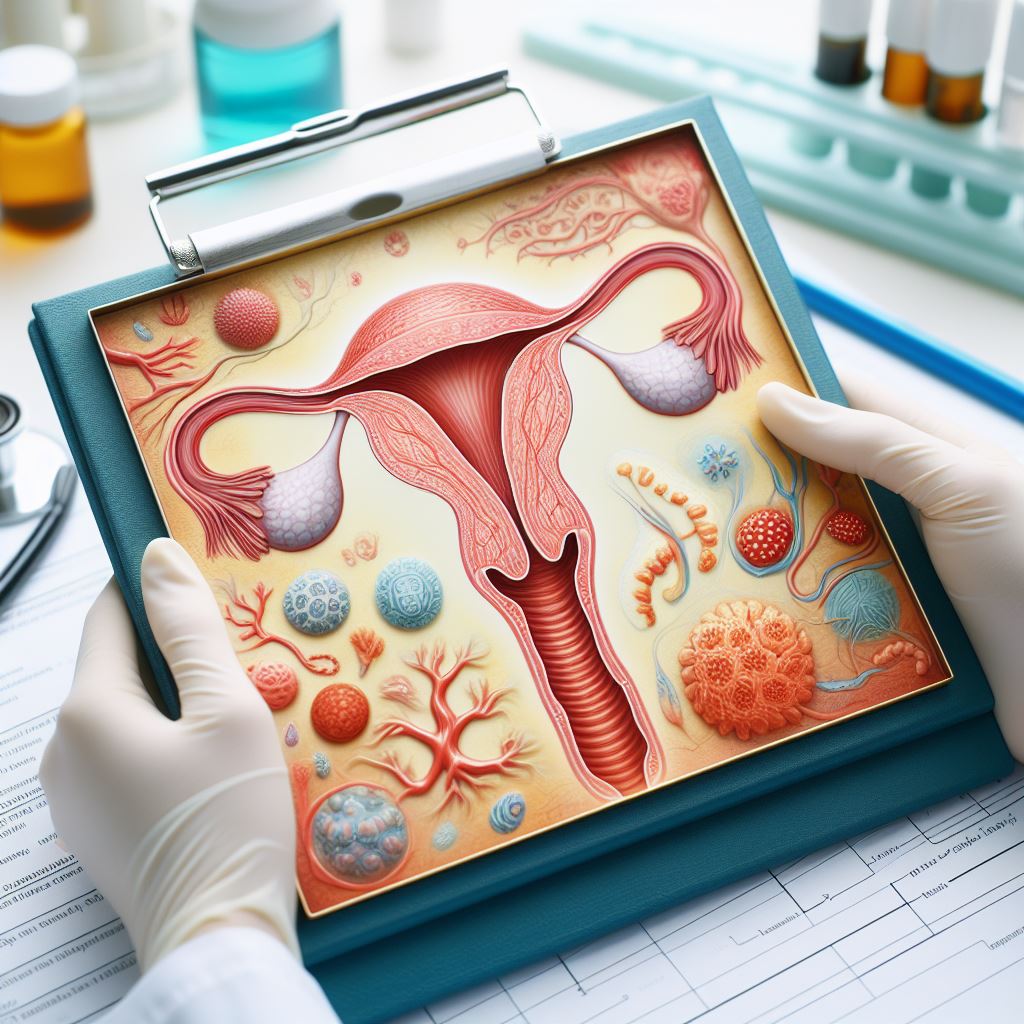Introduction
Laparotomy is a surgical procedure that involves making a large incision in the abdomen to access the organs inside. It is sometimes used to diagnose and treat complex fertility conditions that affect women’s ability to conceive and carry a pregnancy. In this blog, we will explain what laparotomy is, how it works, what conditions it can treat, and what are the benefits and risks of this procedure.
What is laparotomy and how does it work?
Laparotomy is a type of open surgery that allows the surgeon to see and operate on the abdominal organs, such as the uterus, ovaries, fallopian tubes, and bowel. It is usually performed under general anesthesia, which means the patient is asleep and does not feel any pain. The surgeon makes a long cut, usually from the navel to the pubic bone, and then carefully moves the organs aside to reach the area of interest. Depending on the condition, the surgeon may perform different actions, such as:
- Removing scar tissue, adhesions, or cysts that block the fallopian tubes or interfere with the function of the ovaries
- Repairing or removing damaged or abnormal parts of the reproductive organs, such as fibroids, endometriosis, or congenital anomalies
- Performing tubal ligation or reversal, which is a permanent or reversible method of birth control that involves cutting or tying the fallopian tubes
- Performing a hysterectomy, which is the removal of the uterus and sometimes the cervix, ovaries, and fallopian tubes
- Performing an oophorectomy, which is the removal of one or both ovaries
- Performing a salpingectomy, which is the removal of one or both fallopian tubes
- Performing a salpingo-oophorectomy, which is the removal of the ovary and the fallopian tube on the same side
- Performing a bowel resection, which is the removal of a part of the intestine that is diseased or damaged
After the surgery, the surgeon closes the incision with stitches or staples and covers it with a bandage. The patient is then moved to a recovery room, where they are monitored for any complications. The patient may need to stay in the hospital for a few days, depending on the type and extent of the surgery and their overall health.
What conditions can laparotomy treat?
Laparotomy can be used to diagnose and treat various conditions that affect women’s fertility, such as:
- Tubal factor infertility, which is when the fallopian tubes are blocked, damaged, or infected, preventing the sperm from reaching the egg or the fertilized egg from traveling to the uterus
- Ovarian factor infertility, which is when the ovaries are affected by conditions such as polycystic ovary syndrome (PCOS), premature ovarian failure, or ovarian tumors, affecting the production and release of eggs
- Uterine factor infertility, which is when the uterus is affected by conditions such as fibroids, endometriosis, adenomyosis, or uterine malformations, affecting the implantation and growth of the embryo
- Endometriosis, which is when the tissue that normally lines the inside of the uterus grows outside of it, causing inflammation, pain, and scarring
- Pelvic inflammatory disease (PID), which is an infection of the female reproductive organs, usually caused by sexually transmitted infections (STIs), such as chlamydia or gonorrhea
- Ectopic pregnancy, which is when the fertilized egg implants outside of the uterus, usually in the fallopian tube, posing a serious risk of rupture and bleeding
- Pelvic adhesions, which are bands of scar tissue that form between the organs in the pelvis, causing pain, obstruction, and reduced fertility
- Pelvic abscess, which is a collection of pus in the pelvis, usually caused by an infection or a complication of surgery
- Pelvic masses, which are abnormal growths in the pelvis, such as ovarian cysts, fibroids, or tumors
Laparotomy can also be used to treat other conditions that are not directly related to fertility, such as appendicitis, diverticulitis, ulcerative colitis, Crohn’s disease, or bowel cancer.
What are the benefits and risks of laparotomy?
Laparotomy has some advantages over other methods of diagnosis and treatment, such as:
- It allows the surgeon to have a clear and direct view of the abdominal organs and structures, which can improve the accuracy and effectiveness of the surgery
- It can be used to treat multiple or complex conditions in one operation, which can reduce the need for multiple surgeries and the associated risks and costs
- It can provide a definitive diagnosis and treatment for some conditions that are difficult to detect or treat with other methods, such as endometriosis or pelvic adhesions
- It can improve the chances of pregnancy for some women with infertility, especially those with tubal factor infertility or severe endometriosis
However, laparotomy also has some disadvantages and risks, such as:
- It is a major surgery that requires a large incision, which can cause more pain, bleeding, infection, and scarring than other methods
- It requires general anesthesia, which can have some side effects and complications, such as nausea, vomiting, allergic reactions, or breathing problems
- It has a longer recovery time and hospital stay than other methods, which can affect the patient’s quality of life and work
- It can cause damage to the surrounding organs or structures, such as the bladder, ureter, bowel, or blood vessels, which may require further surgery or treatment
- It can increase the risk of developing adhesions or hernias in the future, which can cause pain, obstruction, or reduced fertility
- It can reduce the ovarian reserve, which is the number and quality of eggs in the ovaries, especially if the ovaries are removed or operated on
- It can affect the menstrual cycle, ovulation, and hormone levels, especially if the uterus, cervix, or ovaries are removed or operated on
- It can affect the pregnancy outcomes, especially if the uterus or cervix are removed or operated on, which may increase the risk of miscarriage, preterm labor, or cesarean delivery
Conclusion
Laparotomy is a surgical procedure that can be used to diagnose and treat complex fertility conditions that affect women’s ability to conceive and carry a pregnancy. It can offer some benefits over other methods, such as improved accuracy, effectiveness, and pregnancy chances, but it also has some drawbacks and risks, such as more pain, bleeding, infection, scarring, and complications. Therefore, laparotomy should be considered as a last resort, after exhausting other less invasive and safer options, such as medication, hormone therapy, or laparoscopy. Laparotomy should also be performed by a skilled and experienced surgeon, who can minimize the risks and maximize the benefits of the procedure. If you are considering laparotomy for your fertility condition, you should consult your doctor and discuss the pros and cons of the procedure, as well as the alternatives and expectations.





